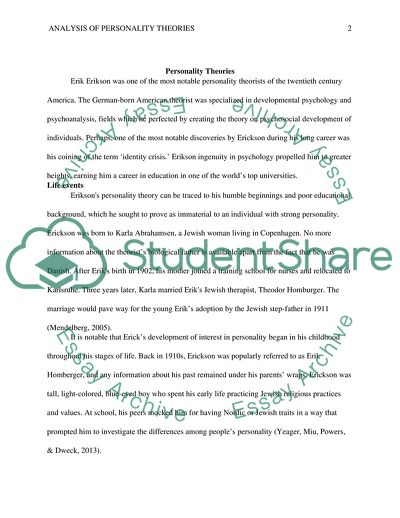Cite this document
(Analysis of Personality Theories: Erik Erikson Coursework Example | Topics and Well Written Essays - 1750 words, n.d.)
Analysis of Personality Theories: Erik Erikson Coursework Example | Topics and Well Written Essays - 1750 words. https://studentshare.org/psychology/1815541-analysis-of-a-personality
Analysis of Personality Theories: Erik Erikson Coursework Example | Topics and Well Written Essays - 1750 words. https://studentshare.org/psychology/1815541-analysis-of-a-personality
(Analysis of Personality Theories: Erik Erikson Coursework Example | Topics and Well Written Essays - 1750 Words)
Analysis of Personality Theories: Erik Erikson Coursework Example | Topics and Well Written Essays - 1750 Words. https://studentshare.org/psychology/1815541-analysis-of-a-personality.
Analysis of Personality Theories: Erik Erikson Coursework Example | Topics and Well Written Essays - 1750 Words. https://studentshare.org/psychology/1815541-analysis-of-a-personality.
“Analysis of Personality Theories: Erik Erikson Coursework Example | Topics and Well Written Essays - 1750 Words”. https://studentshare.org/psychology/1815541-analysis-of-a-personality.


